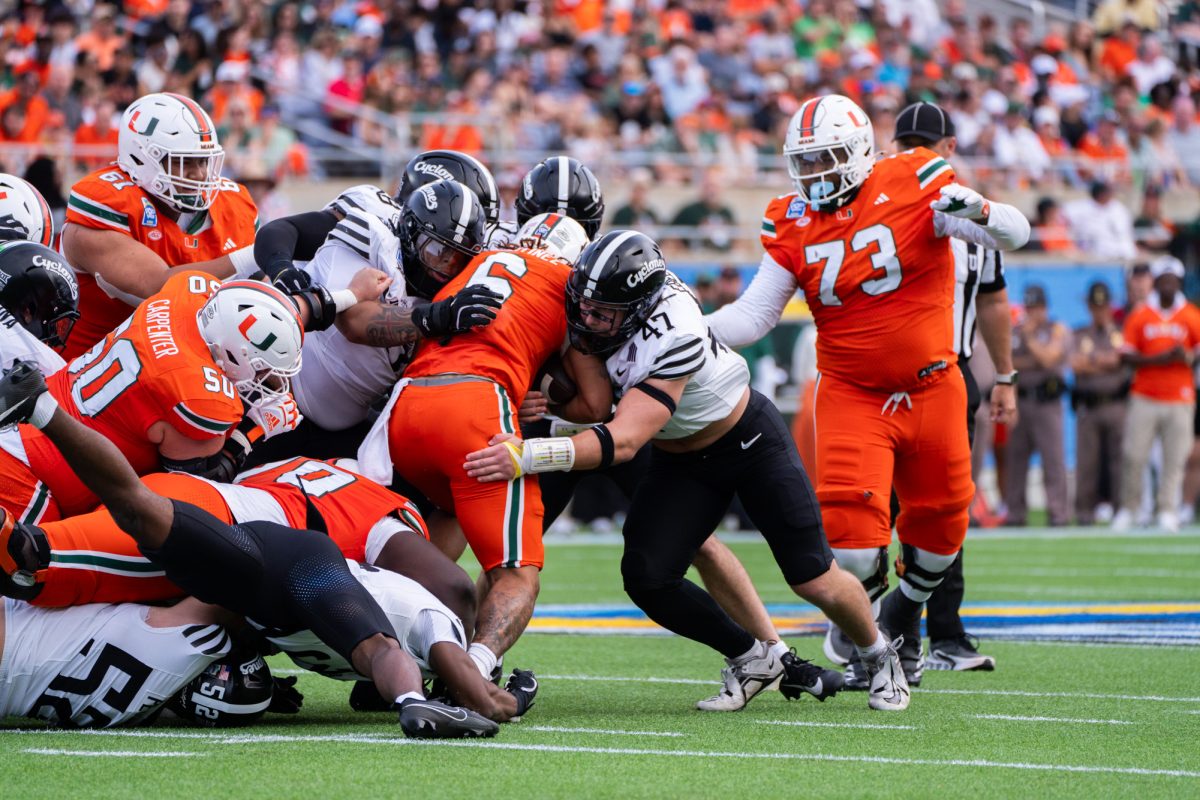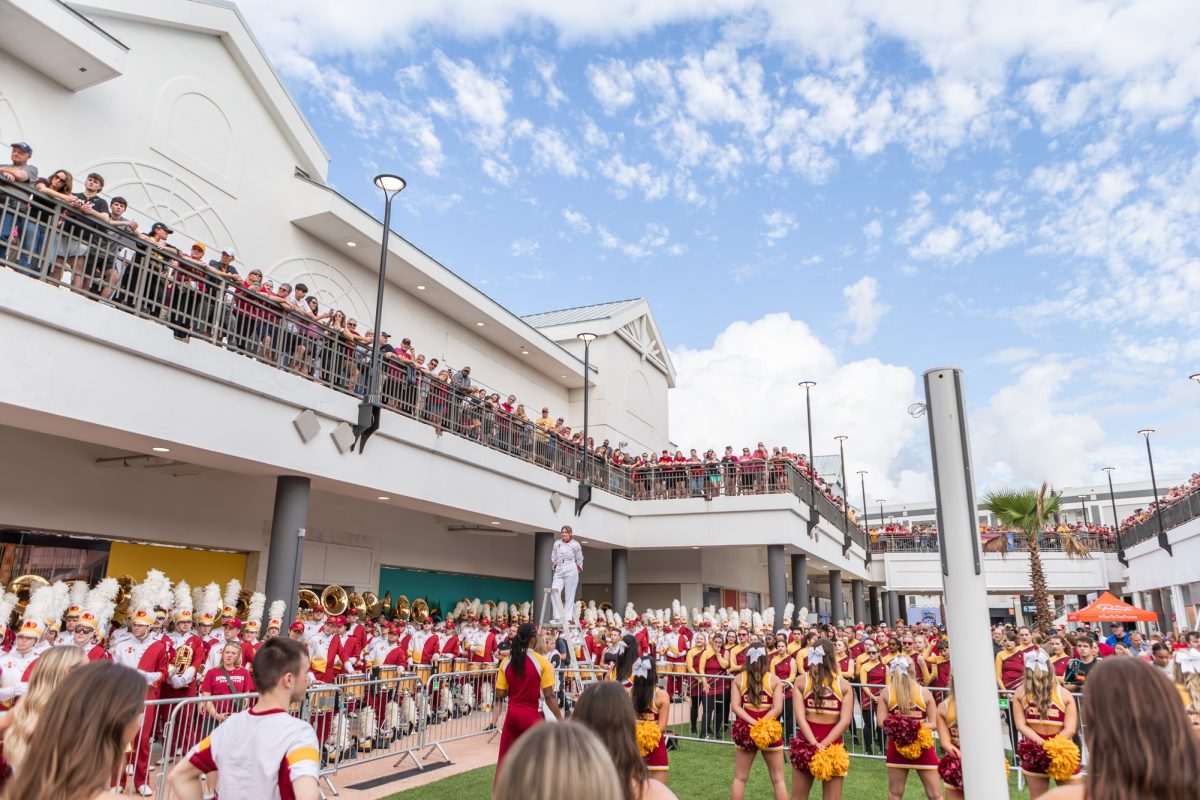COLUMN:A country that values its heritage
November 29, 2001
Rome. The eternal city. The mother of all nations. Caput mundi (capital of the world).
For centuries this ancient city-turned-metropolis has defined much of the western world with its vast influx of art, history, politics and religion. Every year millions of tourists pound its bustling streets armed with guidebooks, maps and cameras – all anxious to acquire a healthy dose of culture. So when my friend Luis and I decided to join the rank of visitors to Italy’s capital city Friday, I cleared my calendar, packed up my arsenal of tourist paraphernalia and hopped the first train out of Florence prepared to conquer the empire. But upon stepping out of Termini train station and into the heart of Rome, it seemed the task would prove a bit more daunting than I had at first envisioned.
Outside the station people of various nationalities rushed about, hailing taxis, hopping buses and descending under the streets of Rome in an attempt to navigate their way through the elaborate subway system.
Cars honked, sirens wailed, and vespas darted recklessly through virtually non-existent gaps in the swell of traffic that circled the station. The golden arches of McDonald’s illuminated the landscape and as we made our way to our hotel in the brisk night air, I found myself staring in utter disbelief at the large concrete office buildings and housing developments that lined the streets.
Where was I? Rome or New York City? And where were all of the ancient monuments and beautiful architectural treasures that I had heard so much about?
Well as some wise sage once said, “When in Rome, do as the Romans do.”
So for the next two days I took this phrase to heart and embarked on a trip back into ancient times to find out for myself what was so special about Rome.
When I stepped into the amphitheater of the Colosseum, I became a gladiator fighting my way through the hoards of spectators that came to visit the enormous ancient monument.
Walking through the Roman and Imperial Forums, I donned my virtual toga and laurel wreath and transformed into Caesar preparing to govern the Roman Empire.
Climbing to the top of Capitoline Hill, the acropolis and religious center of the ancient city, I was suddenly Michelangelo descending down his newly constructed “Cordonata” staircase and marveling at its craftsmanship.
Upon setting foot in the Pantheon, I became Raphael, attempting to choose the perfect niche within which I would rest eternally. Looking up at the central balcony of St. Peter’s Basilica I imagined the Pope imparting his benediction to hundreds of his faithful followers.
And from the floor of the Sistine Chapel I could picture a handful of restoration artists up on scaffolding working to recapture some of Michelangelo’s ancient splendor.
But even after all this, it wasn’t clear what made Rome any different than any other city with historical monuments. It wasn’t until the train ride home that I realized what it was that made Rome different from any American metropolis.
As I watched the Italian landscape roll by, I came to this conclusion. In Rome – amidst the concrete, glass, and traffic jams; imbedded in the ancient ruins, ornate churches and relics, and teeming in the hearts of the Romans – was a real sense of appreciation for the preservation of history and beauty. And this sense of pride in their heritage is present not only in Rome, but also throughout Italy.
In this country, the people value their heritage and treasure the various relics, monuments, and buildings that give their cities character and depth. They have no use for the term deferred maintenance because when anything of historical importance begins to show signs of deterioration, the Italian government fights tooth and nail to have it restored, whether it may be a building or a painting or a monument.
They don’t confine the work of their ancestors into a single “historic reserve,” like we do in America. They don’t tear down buildings of historical importance to build megamalls and skyscrapers. Instead they make room for them all and allow them to thrive simultaneously.
Italy as a nation has mastered the art of intermingling history with average, day to day interactions. And as a culture whose roots stem from ancient Roman civilization, I think we have a lot to learn.
Christy Steffen is a senior in journalism and mass communication from Ruthven. She is in Florence, Italy for a semester as part of the study abroad program.






